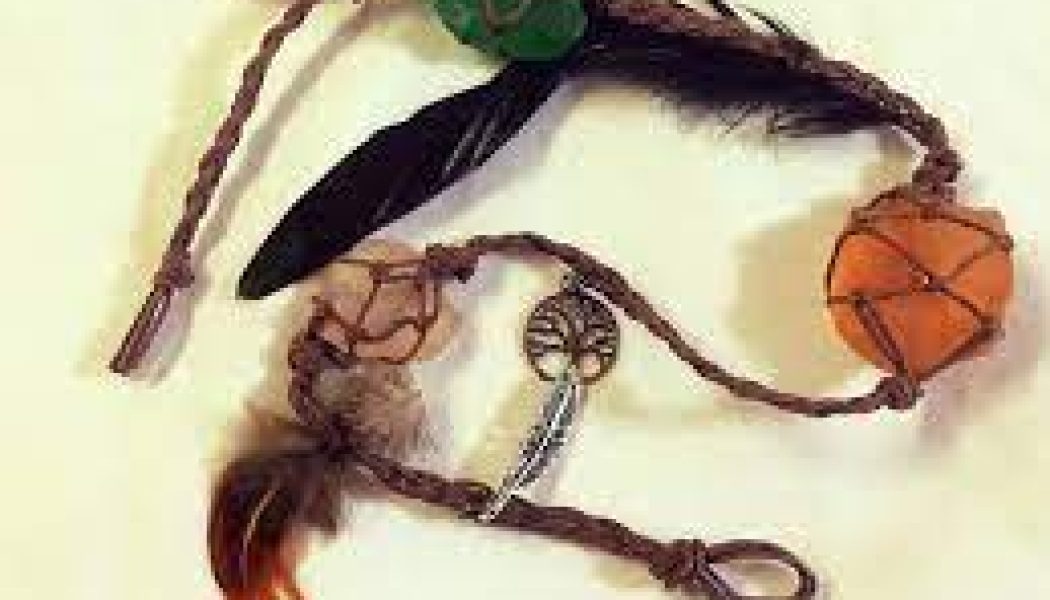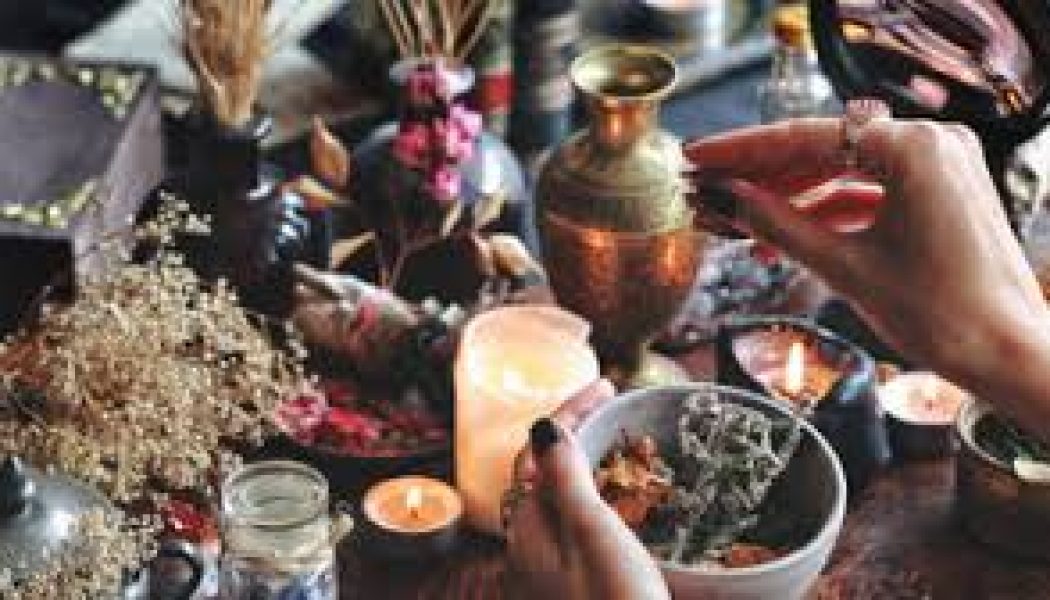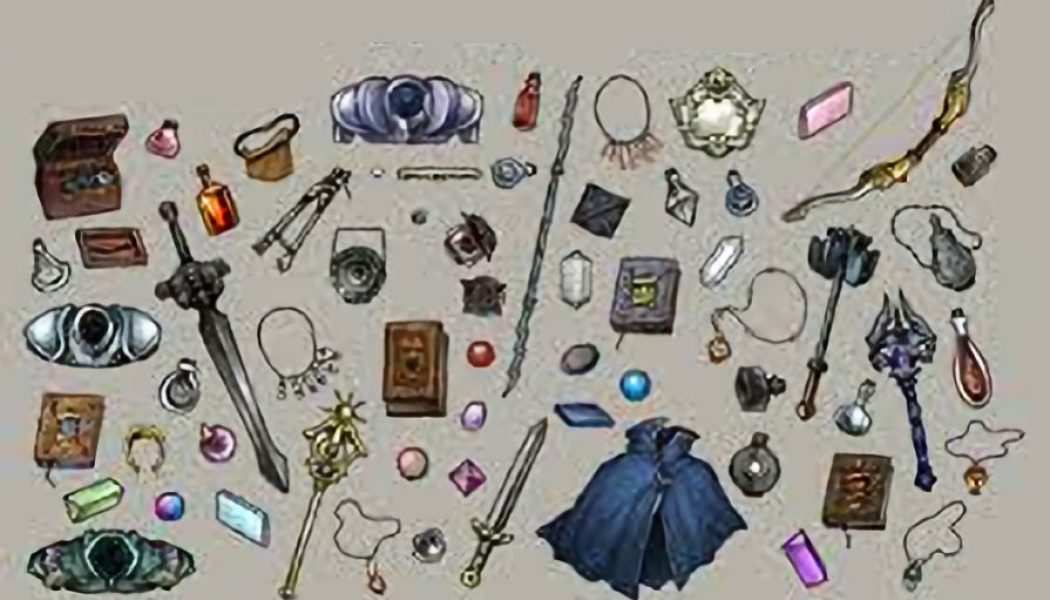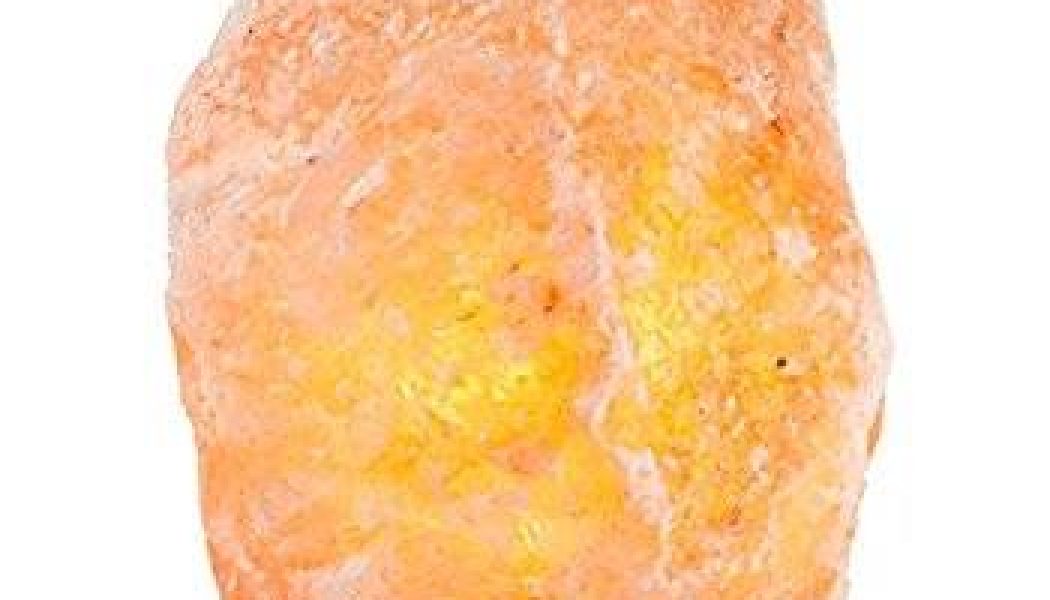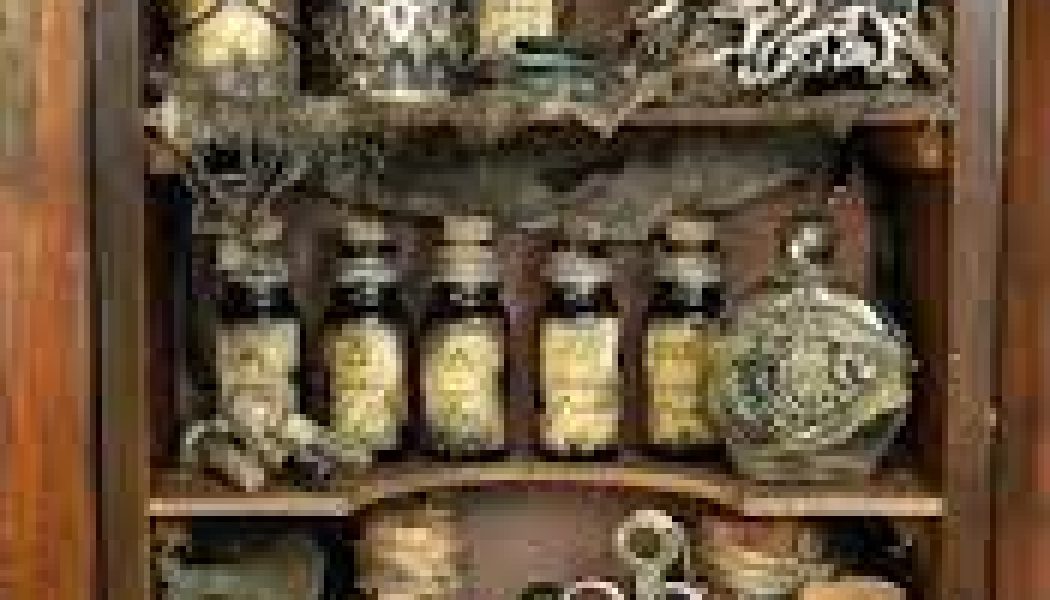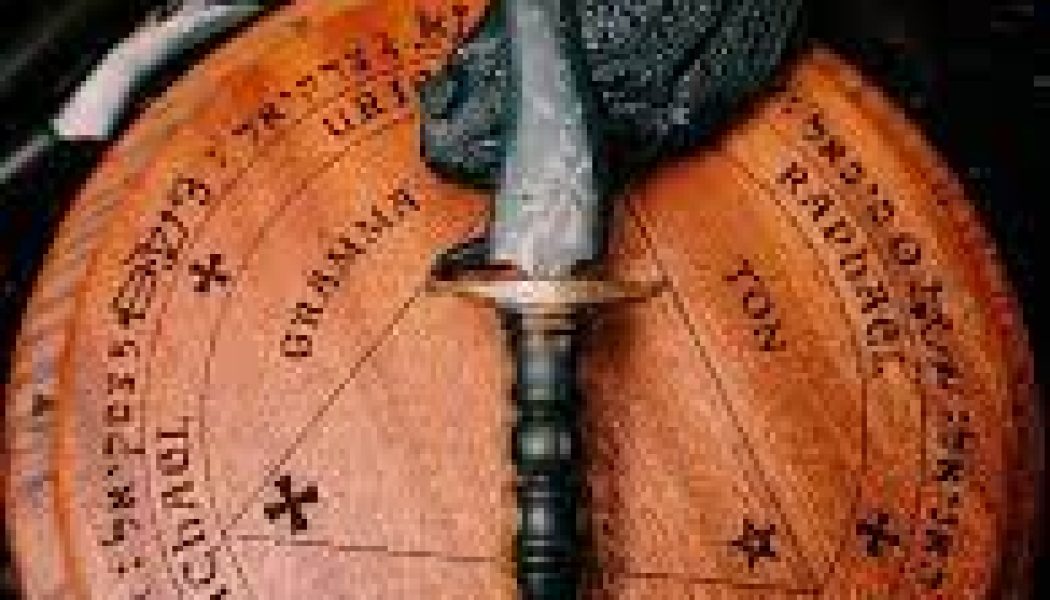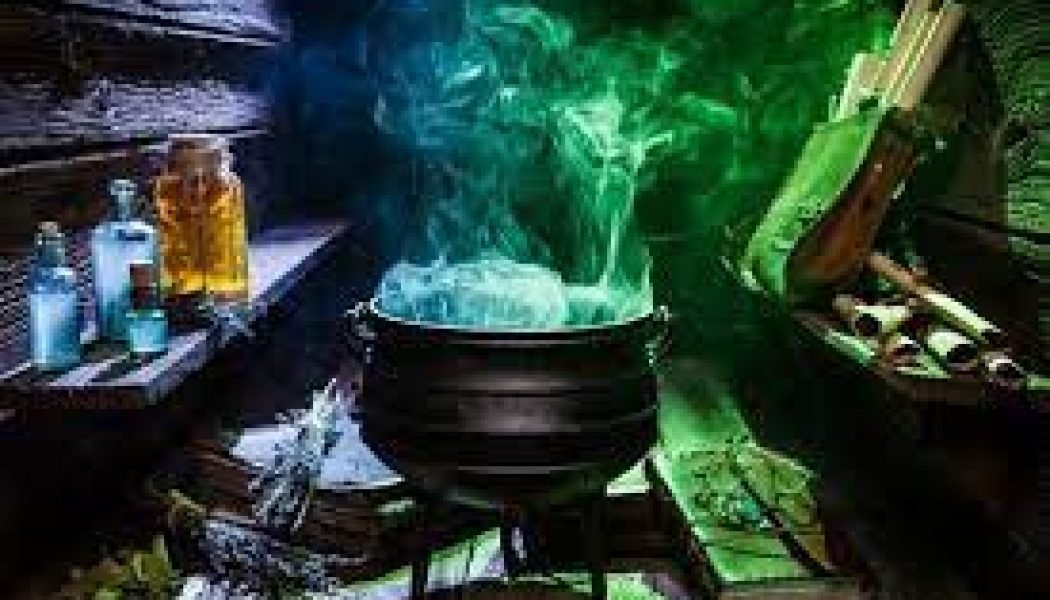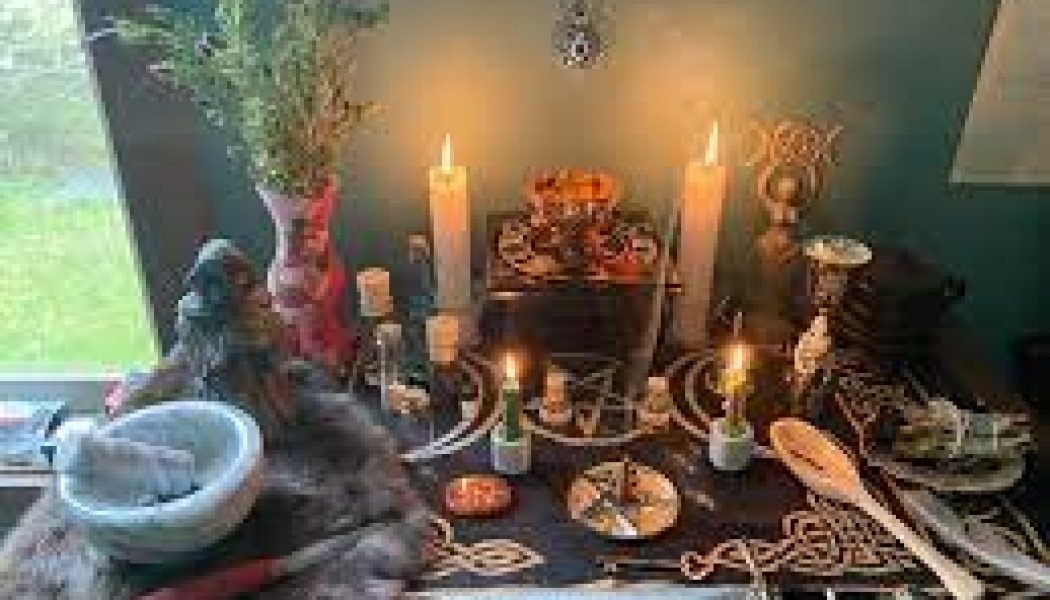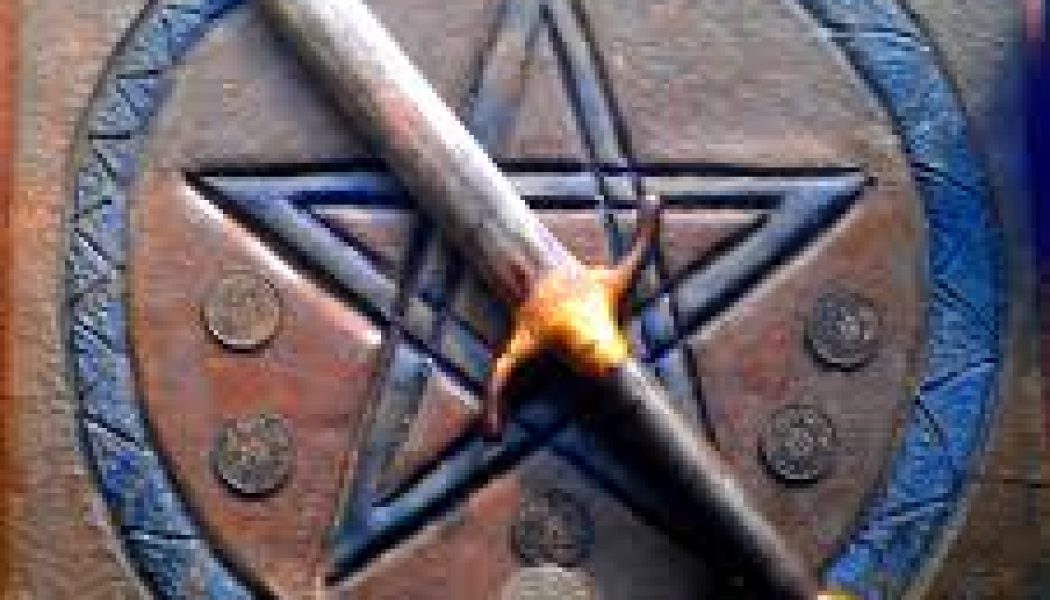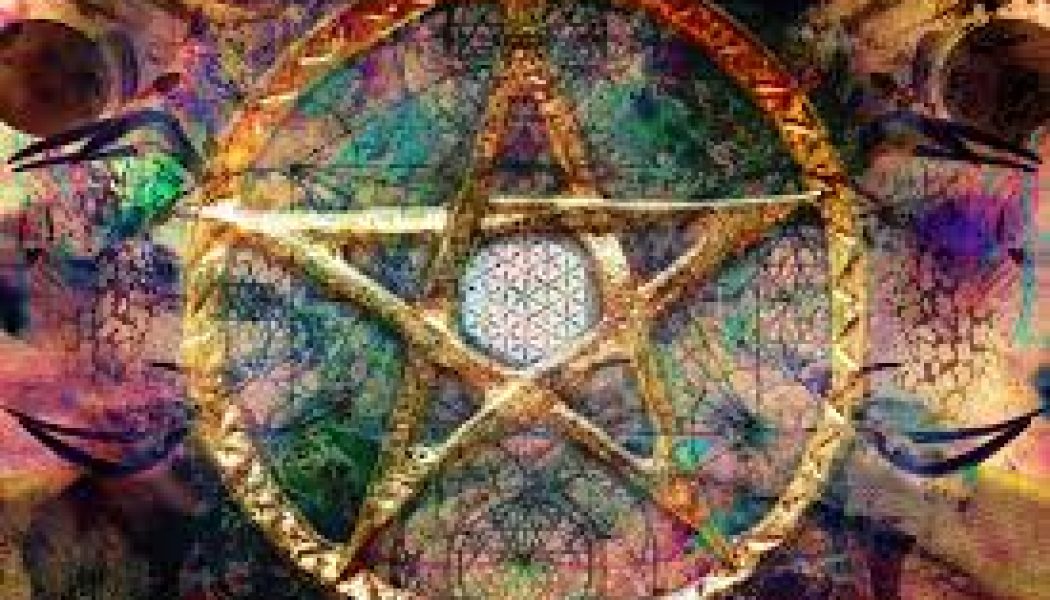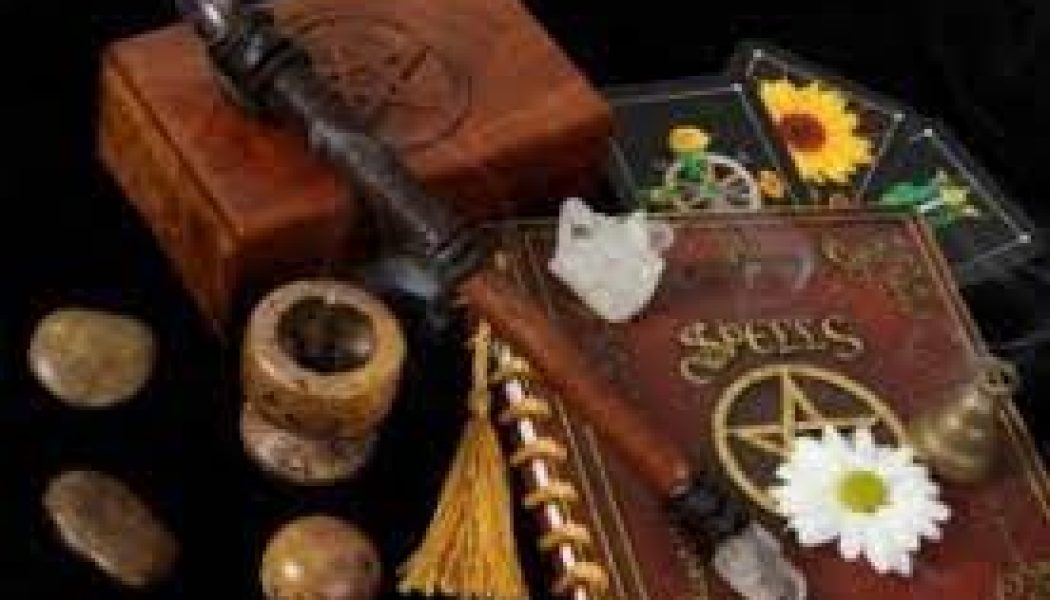Magickal Tools
Charging an object
Sit down in an area with no distractions.Hold the object in your hands. Feel the whole object all around, notice its details and intricacies.Now, imagine all of your energy coursing through every inch...
A witch’s ladder
A witch’s ladder is one of those nifty things we sometimes hear about but rarely see. Its purpose is similar to that of a rosary – it’s basically a tool for meditation and ritual, in which diffe...
Ideas on Enchanting Items
Here are a few ideas on how to enchant items, in no particular order: Surround the item with crystals of corresponding intentSurround the item with herbs of corresponding intentPlace the item in a jar...
Suggestion on How to Enchant an Item
To enchant an item is to infuse it with magickal energy. This energy can come from a variety of sources, including planets, crystals, herbs, or even yourself. Some individuals use the words “enchant” ...
The Magick Ring
One of the most common tools of the craft – far more common and worldwide than the knife, the wand, the cup and the disk – is the magic rings or the rings of power. J. R. R. Tolkien describes them qui...
SALT LAMP
Himalayan salt has your allergies in the bag! But more importantly than clearing your nasal passages, it can also improve the air quality and give your mood an overhaul! ou are made up of negatively c...
Suggestions for your Magickal Cabinet
Over time you may collect all kinds of tools and equipment to use as you make magickal herbal items, amulets, charge candles for magickal purposes, and much more. Here is a listing of the basics that ...
The Athame in Magick
An athame is, quite simply, a ceremonial knife. You can obtain an athame from a specialist magical shop, but as I said before, any knife – even a letter opener – will do, although it should preferably...
The Chalice in Magick
The chalice, or ritual cup, used for rituals is traditionally made of silver, but you can also use crystal,glass, stainless steel or pewter. The chalice represents the Water element and is placed in t...
The Eye
The eye is considered to be the primary organ of sense perception. It is closely associated with light, the spirit, and the sun. The eye symbolizes spiritual and mental perception and is considered to...
The Witches Cauldron in Magick
While the word “cauldron” may bring to mind images of Shakespeare’s three witches tossing all kinds of animal parts into a boiling stew for evil purposes, the cauldron is really a symbol of the Goddes...
The Witches Bell in Magick
The bell stands in the North of the circle and is an Earth symbol.It is an optional tool and can be made from either crystal or protective brass.Best for magick is the kind that you strike.The bell is...
Tools And Treasures
You may need to collect some basic tools for your spells and rituals. They need not be at all expensive. Magick was traditionally carried out with the equipment of the home. The broom for sweeping the...
Witches Knife/ Athame
The ritual knife, like the wand, is a tool that directs energy in ritual, and may also be used to draw the circle before ritual and close the circle afterwards. However, it is more of an energy manipu...
Witches Pentacle
The pentacle is an important symbol-bearer in Witchcraft, normally inscribed with a pentagram, though other magical symbols may be present. The pentagram itself is a five-pointed star, drawn with five...
Charging and Cleansing Your Tools
Once you have prepared your elemental substances, you can charge your tools ready for use. If they have been bought, whether new or second-hand, you might also like to cleanse them first. You can also...


